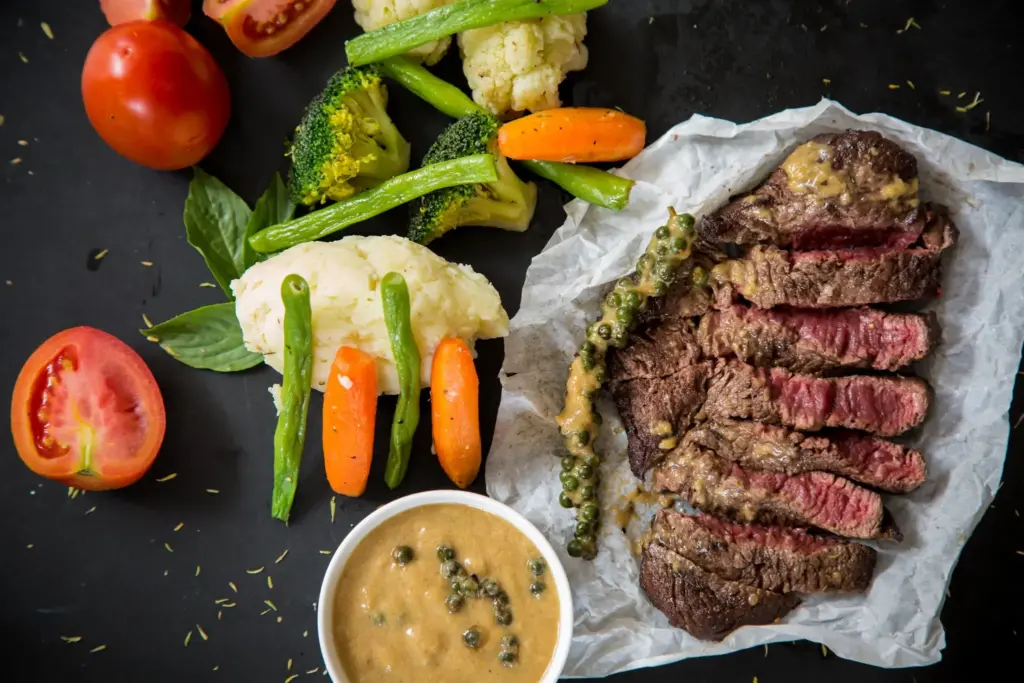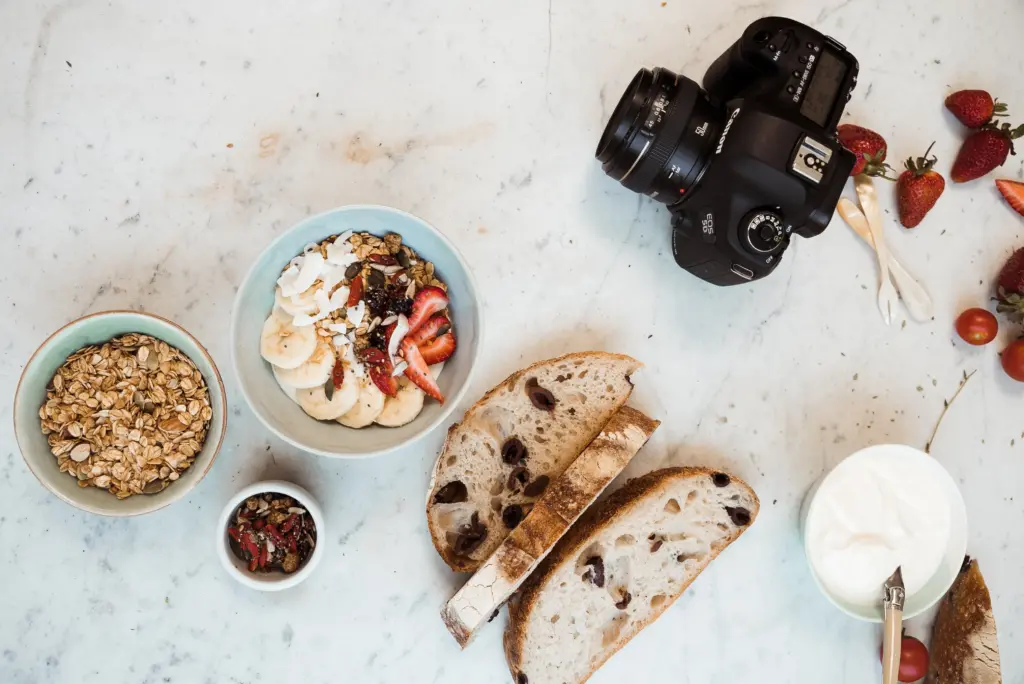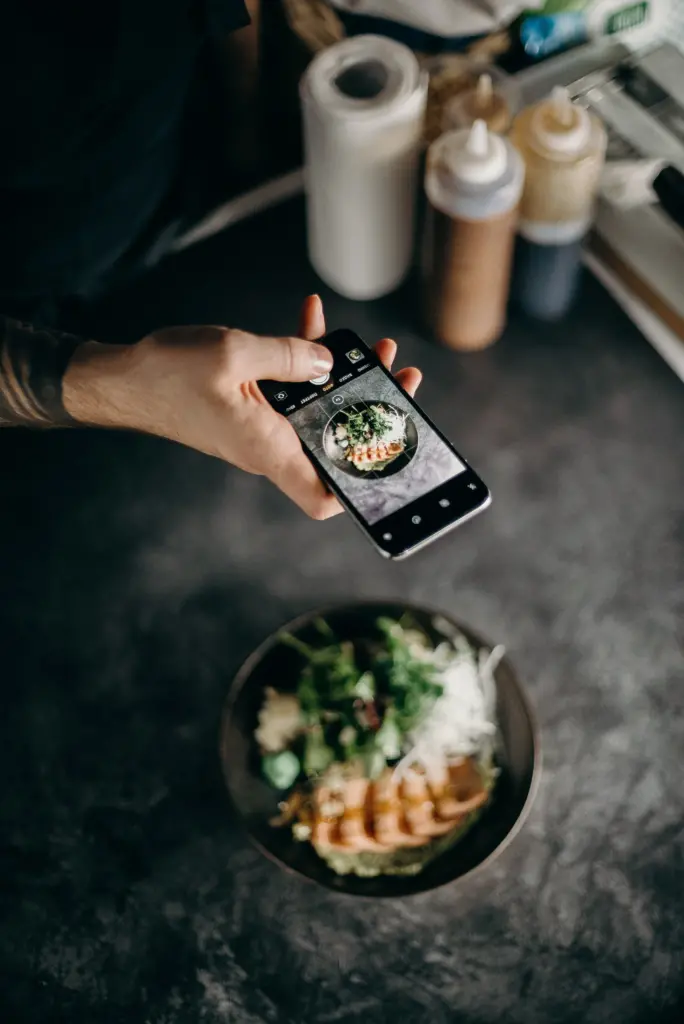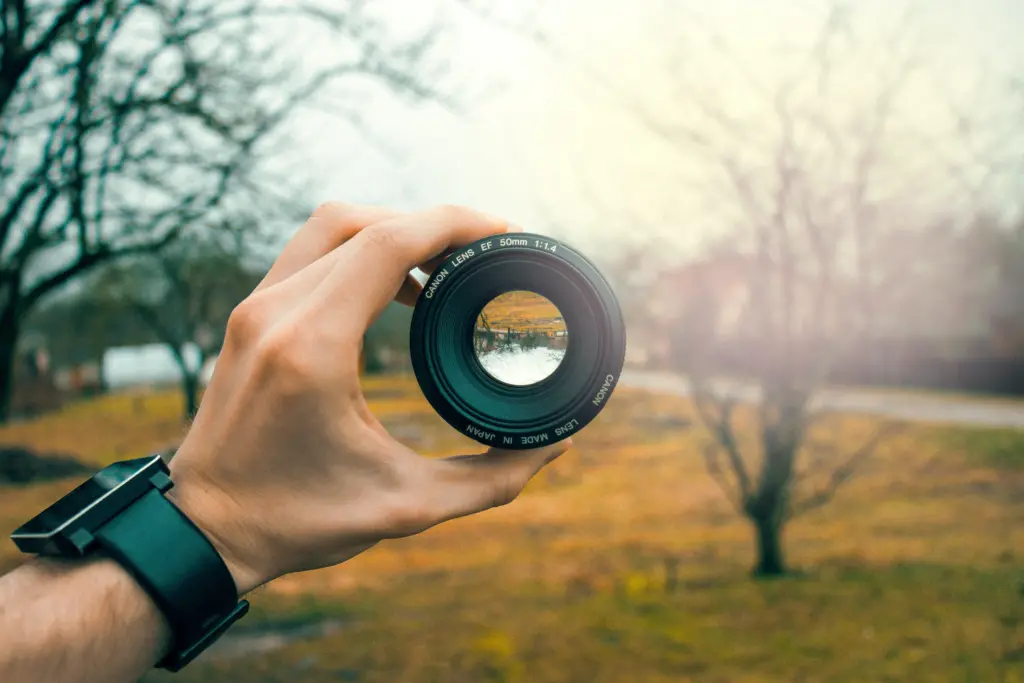Hey there food photography enthusiasts! Are you looking to take your culinary creations to the next level and capture mouth-watering images of your delicious dishes? If so, you’re in the right place! One of the most crucial aspects of food photography is having the right camera that can bring out the best in your dishes. With so many camera options available, it can be overwhelming to choose the best one for your needs. That’s why we’ve put together this comprehensive guide to help you find the perfect camera for your food photography. From sensor size to lens options, autofocus speed to white balance accuracy, we’ll cover all the essential features to look for in a food photography camera. So, let’s dig in and discover the best camera to bring out the delectable details of your culinary creations!
Top 5 Best Cameras for Food Photography
A. Canon EOS 5D Mark IV
B. Sony Alpha a7R IV
C. Nikon D850
D. Fujifilm X-T4
E. Olympus OM-D E-M1 Mark III
Best Camera Accessories for food photography


A. Must-have tools for achieving professional-quality food photography shots
Ready to take your food photography game to the next level? Don’t forget about camera accessories! These handy tools can enhance your creative process and help you capture delicious shots with ease. Let’s explore some must-have accessories for your food photography adventures.
- Tripod: A stable tripod is a game-changer. It keeps your camera steady, allowing for longer exposures and sharper images, especially when shooting in low light.
- External Flash: A dedicated external flash provides additional light when natural or ambient light is insufficient, helping you achieve well-lit and appetizing food photos.
- Reflector: A reflector bounces light back onto your subject, reducing shadows and enhancing the overall brightness and evenness of your images. It’s like having your own portable light source!
- Remote Shutter Release: With a remote shutter release, you can trigger your camera without touching it, minimizing the risk of camera shake and ensuring sharp photos.
- Light Diffuser: Soften harsh lighting by using a light diffuser. It disperses light evenly, reducing harsh shadows and creating a more pleasing, diffused illumination on your dishes.
- Polarizing Filter: A polarizing filter helps reduce glare and reflections, especially when photographing shiny surfaces or glassware. It enhances color saturation and adds a touch of sophistication to your images.
- Lens Hood: A lens hood prevents lens flare and unwanted stray light from entering your lens, ensuring optimal image quality and contrast.
- Close-up Filters: Close-up filters are like magnifying glasses for your lens. They enable you to get closer to your subject and capture intricate details, such as the texture of a sprinkle or the delicate patterns on a pastry.
Factors to consider when choosing a camera for food photography

I. Lenses
The lens you pair with your camera plays a crucial role in food photography. Prime lenses are favored for their sharpness and depth of field control. They offer excellent image quality and allow you to create a shallow depth of field to emphasize specific food elements. Furthermore, macro lenses are essential for capturing close-up shots of food textures. Their ability to focus at very short distances enables you to highlight the intricate details that make your dish unique. Wide-angle lenses are also valuable in food photography, particularly when you want to capture the entire scene and provide context to your culinary creation.
II. Sensor Size
One of the fundamental aspects to examine when choosing a camera for food photography is the sensor size. A larger sensor generally produces higher image quality, allowing you to capture intricate details with exceptional clarity. Look for cameras with APS-C or full-frame sensors for the best results. Additionally, consider the resolution of the camera’s sensor. While megapixels alone don’t guarantee superior image quality, a higher resolution can be advantageous when cropping or printing your food photographs.
III. Low-Light Performance
Indoor food photography often requires shooting in low-light conditions, such as restaurants or dimly lit kitchens. A camera with good low-light performance is essential to maintain image quality without excessive noise. Look for cameras with high ISO capabilities and effective noise reduction technology, allowing you to capture well-exposed images even in challenging lighting situations.
VI. Aperture
Ah, aperture! It’s like the magical ingredient that adds flavor to your food photography. Simply put, aperture refers to the opening in your camera lens that controls the amount of light entering the camera. Think of it as the pupil of your camera’s eye, expanding or contracting to let in more or less light.
But why does the Aperture matter in food photography?
Well, it plays a crucial role in two things: depth of field and exposure. Let’s break it down!
When we talk about depth of field, we’re referring to how much of your image is in focus. A wide aperture, represented by a lower f-number (like f/1.8 or f/2.8), creates a shallow depth of field. This means that your subject (let’s say a deliciously plated dessert) will be in sharp focus, while the background will blur beautifully, drawing all the attention to your mouth-watering creation. It’s like creating a visual feast where the dish takes center stage!
On the other hand, a narrow aperture with a higher f-number (such as f/8 or f/11) increases the depth of field. This is useful when you want to capture more of the scene in focus, like a table filled with a sumptuous spread of food. It allows you to showcase the entire culinary experience and tell a more comprehensive story through your images. you can read some Food photography-related magazines.
Now, let’s talk about exposure.

Aperture also influences the overall brightness of your image. A wider aperture (lower f-number) allows more light to enter the camera, resulting in a brighter image. This is especially handy when shooting in low-light environments, ensuring your dish is well-illuminated and every delectable detail is captured.
Conversely, a narrower aperture (higher f-number) reduces the amount of light, which can be useful in situations where you have plenty of available light and want to control the exposure. This helps avoid overexposure and ensures that your image has the perfect balance of light and shadow.
Remember, finding the right aperture setting is a creative decision. It depends on the mood, style, and story you want to convey through your food photography. Experiment with different aperture settings to discover the perfect balance between focus, background blur, and exposure that brings out the best in your culinary masterpieces.
So, whether you’re aiming for a dreamy, bokeh-filled shot or a sharp, well-lit composition, Aperture is your secret ingredient in capturing captivating food photos that make viewers drool with anticipation.
VII. Autofocus
Food photography isn’t limited to static subjects. It often involves capturing dishes in motion, such as pouring sauces or steam rising from a plate. To ensure you don’t miss these crucial moments, a camera with fast and accurate autofocus is indispensable. Advanced autofocus systems with improved tracking capabilities can help you maintain focus on the subject, resulting in sharp and vibrant images that capture the essence of your culinary creation.
VIII. White Balance and Color Accuracy
Accurate color reproduction is paramount in food photography, as it conveys the visual appeal and freshness of the dish. A camera with reliable white balance control allows you to achieve true-to-life colors, ensuring that the vibrant hues of your ingredients are faithfully represented. Consider cameras that offer customization options for white balance and color profiles, enabling you to tailor the settings to match your desired aesthetic.

XII. Image Stabilization
Capturing handheld food photos can be challenging, particularly when working in low-light conditions or using slow shutter speeds to achieve desired effects. Image stabilization, whether in-body or lens-based, helps counteract camera shake, reducing blur and ensuring your food images are tack sharp. Consider cameras that offer effective image stabilization technology, allowing you to shoot handheld without compromising image quality.
Conclusion
Selecting the best camera for food photography involves careful consideration of various factors, such as sensor size, lens options, low-light performance, autofocus speed, white balance accuracy, and more. By evaluating these aspects and matching them to your specific needs, you can find a camera that elevates your food photography to new heights. Remember to strike a balance between your budget and the features that matter most to you. Ultimately, the right camera will empower you to capture the essence, beauty, and delectability of your culinary creations, ensuring your food photographs are a feast for the eyes.








